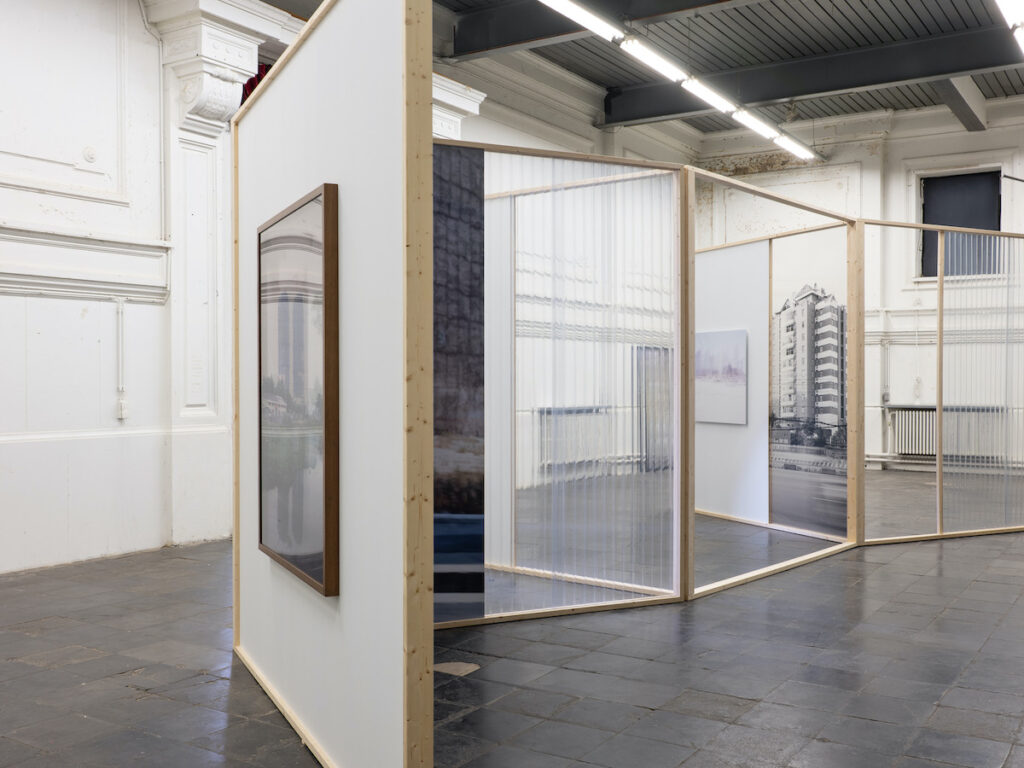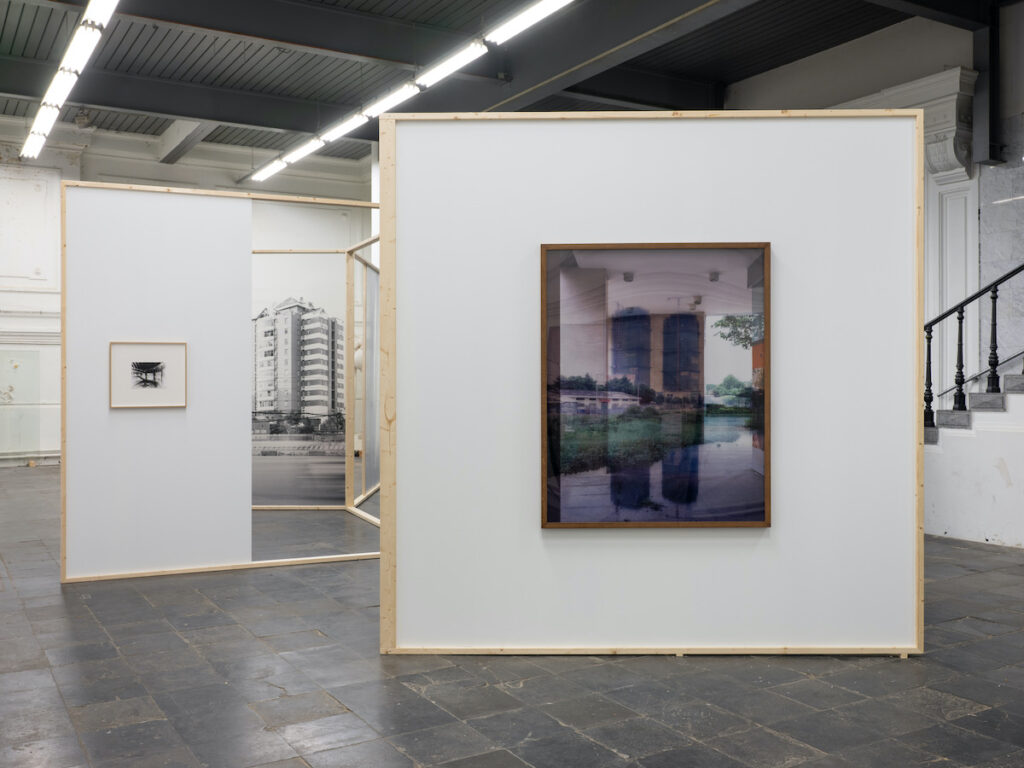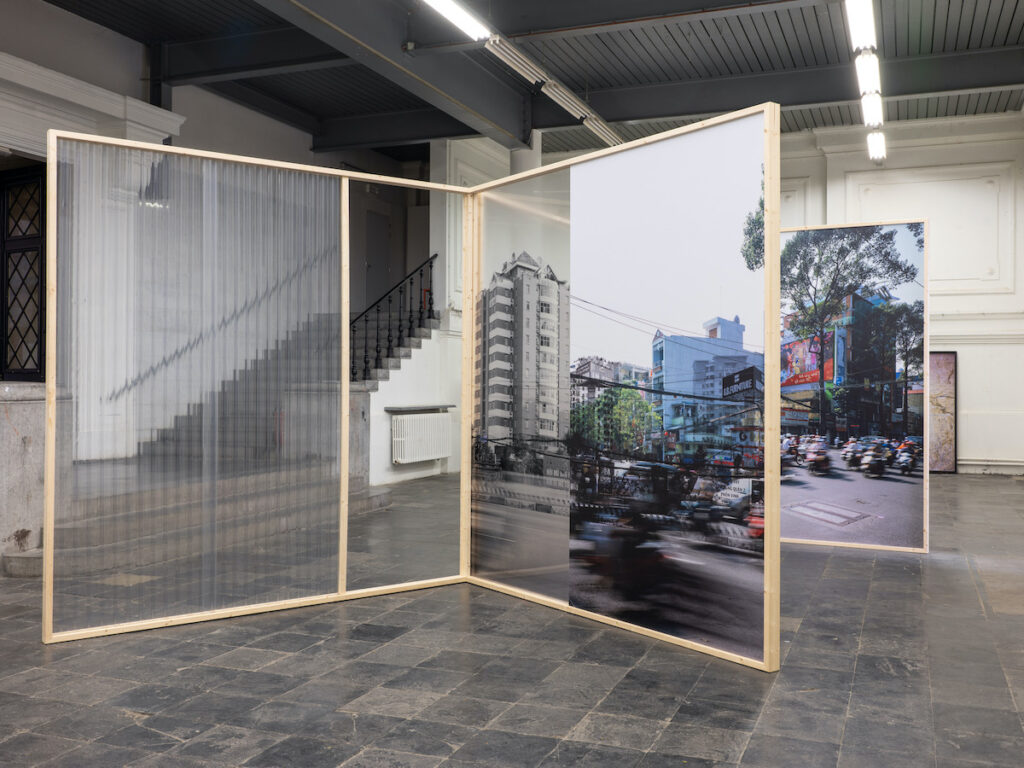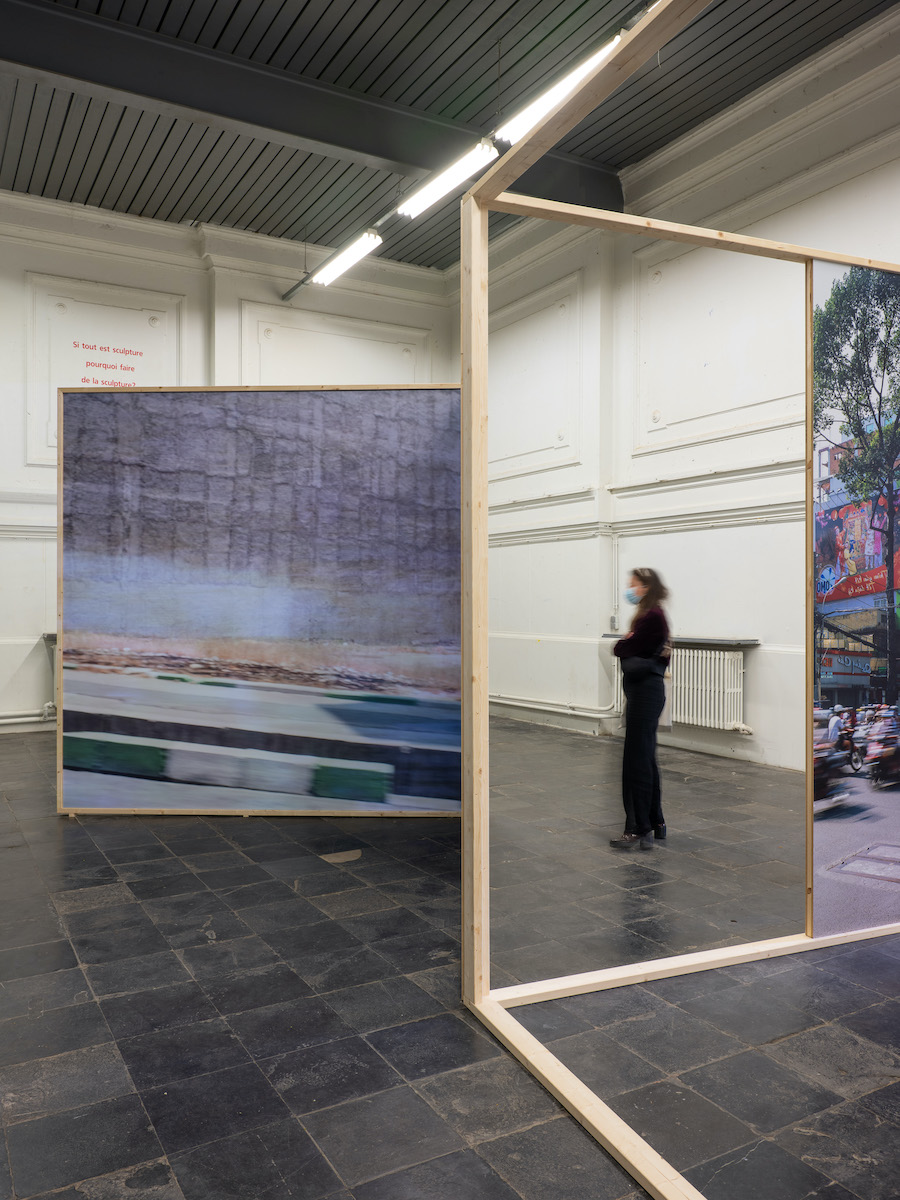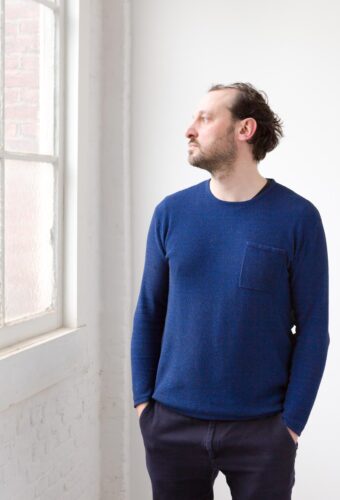Exhibition Photo/Space
The photographer visits a city unbeknownst to him. He walks around in Dubai, Ho Chi Minh City and Tehran, observes, stacks up impressions. Unexpectedly, he does not focus on what he does not (yet) know, but on what he thinks he does know. What does he hope to find there, in those all too familiar façades and on those shiny floors of shopping malls that look eerily similar to the ones he already visited? Where does this firm conviction come from to refuse to do precisely what a photographer would normally do: to seek out the incongruous, the aberrant, the strange? These images do not cry out: ‘Look at this, you have never seen this before!’. And yet something remarkable is happening in this work.
What these images address is not the discovery of the already known in the unknown, but the way in which the act of photographing itself robs the world of its obviousness. It is not the subject itself that is important here, but the way in which the photographic translation turns it into an image. In order to communicate this radical shift that the photographic act initiates, the photographer consciously opts for a more dynamic mode of presentation, with images as free-floating objects in space. The installation transforms a watching body into a walking one. It imposes a trajectory, requires a step-by-step exploration, with constantly changing perspectives on the images. The installation plays with sightlines, with the opposition between transparency and opacity, with doubling and de-doubling, with repetition and variation. Images slide in and out of each other, hook on each other, sometimes even seems to repeat each other (and yet not quite). New, surprising constellations constantly arise, photos are projected on and over each other, they lose their stability. In short, they refuse to reveal themselves to us as silent, deadly objects.
The photographs themselves seem to explore the specificity of the photographic process, from negative to positive, from printed image on the wall to immaterial projection. The different scales of the images, from small to huge, make clear that although photographs have a definite format, it is never fixed. The photographic image is infinitely scalable. At a certain moment a projected image even exceeds the boundaries of the panel on which it is projected. Untamable, the photographic image breaks free of its frame and seeks out the space behind. Other images show the specific way in which photography combines time and space, how it connects fast moving bodies with the rigid immobility of the ground on which they move. Photography thinks and shows the world from an inhuman (and therefore intriguing) perspective. Pieter Huybrechts’ installation introduces the viewer to that bewildering domain called photography
